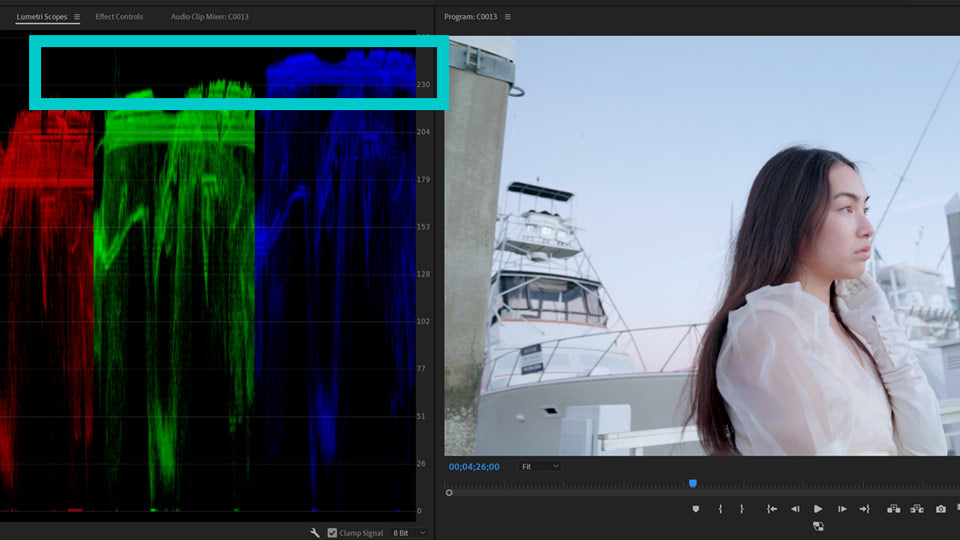

- #Premire cc s log 3 lut how to
- #Premire cc s log 3 lut skin
- #Premire cc s log 3 lut pro
- #Premire cc s log 3 lut professional
- #Premire cc s log 3 lut free
#Premire cc s log 3 lut how to
How to save the preset to use on all your footage.
#Premire cc s log 3 lut skin
#Premire cc s log 3 lut pro
I also made this workflow for Final cut pro and DaVinci Resolve, you can find those here:Ĭolor correcting Canon C200 and EOS R C-Log and Sony A7 S-Log footage is actually much easier than you think. This video is for Premiere Pro How to Color Correct and Colour Grade with NO Conversion LUTS or PLUGINGs. #colorgradinginpremiereprocc #colorgrading #colorgradingtutorial Or if you're just looking for something completely different and an easier alternative you can check out our plugin we've made for the Mac that's mentioned in the video:
#Premire cc s log 3 lut free
If you liked this tutorial and want a step-by-step training that goes all the way from familiarizing yourself with the tools to discovering the top grading secrets I want to invite you to free online workshop:
#Premire cc s log 3 lut professional
In fact with the acquisition of Iridis SpeedGrade (a professional grading system) they have incorporated those industry standard tools now into Lumetri. new camera, better grip, better lenses and cinematography training, the thing that finally helped my films look professional and land my first career job was what I did after the video edit in the color grade.Īdobe Premiere has made great strides not only advancing their editorial platform but in improving their color tools. You can do it! Even if you're just a beginner or just starting out let this tutorial help you feel confident in Premiere Pro CC!Īfter I had tried everything to improve the look of my films, e.g. Muddy looking images, shots that down't match together, skin tones that don't look quite right and that feeling of not knowing where to stop or when the grade looks right. I have been where you have been and so I know that it can seem intimidating with all the different color correction tutorials and LUTs that are out there. let this tutorial help you finally feel like you have a good grasp on making your images to look the way that you want them to and get a pro film look! If you you're looking to make the look of your films standout and get your career to the next level but struggle with the color grading aspect. Instagram: 🤍coffeeshop_creative & 🤍stephenlovescoffeeĬolor grading in Premiere Pro CC to get a pro film look

Instagram: 🤍jwelihinda photography 🤍janakawelihinda

If you want to skip right to the grading: 0:55 👈 now what? Check out these tips and tricks to achieve a quick cinematic result! Beginners guide to color grading a flat profile for the Lumix cameras in Premiere Pro CC. So you got the V-log L color profile upgrade. So if you have just one adjustment layer that holds one LUT effect for color correction and another one for color grading, make sure the color correction effect is on top in the Effect Settings panel.How to COLOR GRADE V-LOG | Quick & Easy CINEMATIC Tutorial Keep in mind that effects on a clip are rendered top to bottom. So I would suggest this layer order for your timeline: Adjustment Layer with color grading effectsĪdjustment Layer with color correction effectsĪlternatively, you could just put all your LUT effects on the same adjustment layer. This wouldn't work if that layer hadn't been rendered yet. This blending mode takes into account the pixels of the video layer below it. Let's say I have two video layers, the upper one being set to multiply as it's blending mode. If it was the other way around, blending modes and certain other effects couldn't function properly. Rendering layers from bottom to top is also the logical order. For continuously rasterized vector layers, the default rendering order is masks, followed by transformations, and then effects. Within each raster (non-vector) layer, elements are applied in the following order: masks, effects, transformations, and layer styles. When the composition is rendered-either for previewing or for final output-the bottom layer is rendered first. I have found several sources that confirm this behaviour for After Effects, but nowhere is it stated explicitly for Premiere Pro.įrom the Adobe documentation for After Effects:Ī composition consists of layers stacked on top of one another in the Timeline panel. I'm fairly certain that Premiere Pro renders all layers from bottom to top.


 0 kommentar(er)
0 kommentar(er)
